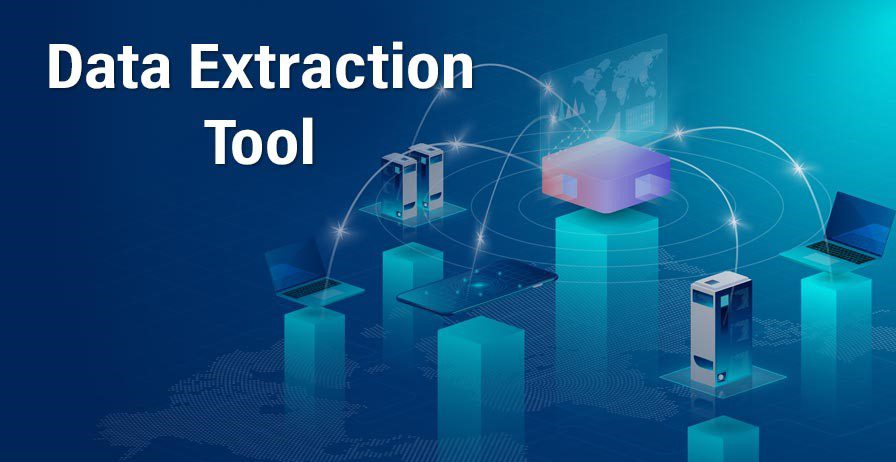
In the fast-paced, ever-evolving world of modern business, harnessing the power of data has become a game-changer, driving informed decisions and establishing a competitive advantage. The Data integration tools play a pivotal role in amalgamating data from diverse sources and populating it into centralized storage.
However, for some organizations, the critical task is to extract unstructured data from various documents, minimizing the need for comprehensive data integration solutions. Instead, these businesses require an efficient, high-performing data extraction tool. So, what are the key traits that
make a data extraction tool truly stand out?
Scalability and performance
Given the exponential growth of data volumes, companies must adopt a solution capable of proficiently handling large-scale extraction tasks. Look for parallel processing and load balancing attributes that optimize performance and promote scalability. The tool should effortlessly process and extract data from large datasets and documents without compromising speed or accuracy.
Security and compliance
Data security and compliance should be considered when choosing a data extraction tool. Ensure that the selected device adheres to industry-standard security protocols, encryption methods, and access controls to safeguard sensitive data consistently. Depending on your industry, You should also be guaranteed compliance with relevant laws like GDPR or HIPAA.
Artificial Intelligence (AI)
High-performing data extraction tools should be equipped with advanced techniques like artificial intelligence, optical character recognition (OCR), and machine learning to extract data from various documents. Intelligent extraction algorithms should be capable of identifying and removing relevant data elements based on predefined rules or patterns, thereby reducing the need for manual intervention.
Data source compatibility
Robust data extraction tools support various data sources, including structured and unstructured formats. Whether it’s pulling data from PDFs, Excel files, web pages, or databases, the chosen tool should seamlessly handle diverse data sources. Seek an agency that is compatible with popular file formats and can manage custom data sources.
Data quality features
Efficient data extraction relies on precise data parsing and extraction capabilities and effective data cleansing processes. Contemporary data extraction tools support deduplication, standardization, and error handling, ensuring the extracted data is accurate, consistent, and ready for subsequent analysis.
The tool should also provide data validation and quality control mechanisms to maintain data integrity. Features like data profiling, validation rules, exception handling, and data reconciliation help identify and correct data inconsistencies, thereby ensuring the reliability of the extracted information.
Data transformation and integration capabilities
Data extraction rarely operates in isolation, often followed by data transformation. An exceptional tool offers built-in mechanisms for data transformation, such as merging, splitting, filtering, and aggregating data. These capabilities drastically reduce the time spent on manual data transformations, allowing your data teams to focus on value-added tasks.
Moreover, if a data integration solution still needs to be implemented, consider a data extraction tool that offers integration capabilities with prevalent databases, data warehouses, cloud platforms, and business intelligence tools. APIs and built-in connectors should be available to enable seamless data transfer and synchronization among different systems.
Automation and scheduling
Manual data extraction can be time-consuming and error-prone. Therefore, a data extraction tool that offers automation and scheduling features should be preferred. These capabilities allow users to plan extraction tasks at specific intervals or initiate them based on predefined events. Automation not only enhances productivity but also ensures consistent, timely data extraction.
Reporting and visualization
Data extraction tools should empower users to draw valuable insights from the extracted data. Ideally, look for built-in reporting and visualization features that enable users to craft personalized reports, dashboards, and visual representations. Alternatively, consider a solution that integrates seamlessly with external BI and reporting tools like Power BI or Tableau.
Conclusion
Choosing the right data extraction tool is pivotal to unlocking the potential buried in raw data. It necessitates comprehensive research and evaluation of the key features discussed above. You should assess various data extraction tools considering their strengths and weaknesses and your business-specific requirements. This strategy will ensure an informed decision, empowering your teams with the capability to extract invaluable information from unstructured data.

